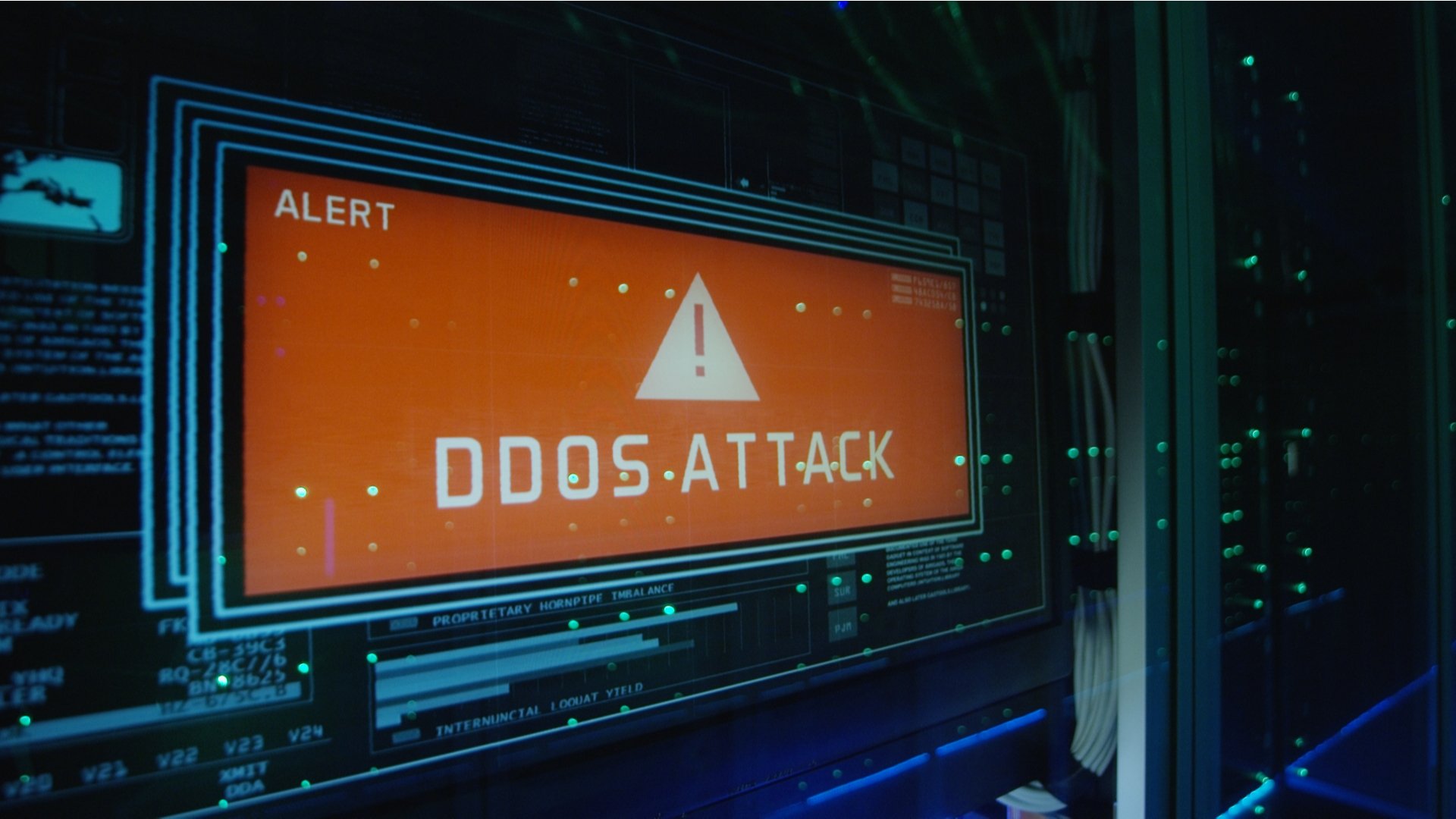Russian firms are being bombarded with DDoS attacks
Some 600 companies suffered DDoS attacks last year, Rostelcom complains

As Russia’s military was bombarding Ukraine, back at home, Russian companies were being bombarded with Distributed Denial of Service (DDoS) attacks - with such incidents against Russian entities reaching new highs in 2022.
Figures from Rostelecom, Russia's biggest ISP, claim there were 21.5 million DDoS attacks carried out against some 600 organizations in the country in 2022.
Most of the attacks happened in and around Moscow, where the majority of these companies are headquartered. None of the bigger sectors seems to have been spared, with firms in telecom, retail, finance, and the public sector, all experiencing attacks.
TechRadar Pro needs you! We want to build a better website for our readers, and we need your help! You can do your bit by filling out our survey and telling us your opinions and views about the tech industry in 2023. It will only take a few minutes and all your answers will be anonymous and confidential. Thank you again for helping us make TechRadar Pro even better.
D. Athow, Managing Editor
Attacking the public sector
The public sector was the most targeted, seeingalmost a third (30%) of all incidents (up 12x year-on-year). Financial institutions took up a quarter of all attacks (25%), followed by education (16%).
The biggest attack was 760 GB/sec, Rostelecom further said, claiming it was almost double in destructive power, compared to last year’s biggest attack. The longest attack, however, lasted almost three months.
Most of the attacks started in March, which coincides with the invasion of Ukraine, which started on February 24. The attacks culminated in May, the firm later said. Based on the IP addresses used, the company concluded that the origin of majority of the attacks was in the United States.
While DDoS attacks made up the vast majority of all attacks (roughly 80%), there were other types of cyberattacks, as well. Vulnerable websites were also on the radar of western hackers, which abused the flaws to launch arbitrary command execution attacks (10%), path traversal (4%), local file inclusion (3%), SQL injection (3%), and cross-site scripting (1%).
Are you a pro? Subscribe to our newsletter
Sign up to the TechRadar Pro newsletter to get all the top news, opinion, features and guidance your business needs to succeed!
Since the war between Russia and Ukraine began, hackers and hacktivists from all sides have entered the fray, and have been quite active.
Among them was Conti, one of the biggest ransomware operators, which enraged its affiliates (mostly Ukrainians) after openly siding with the Russian government. Conti later backtracked on its statement but the damage had already been done, with one hacker deciding to leak multiple source code versions as well as hundreds of thousands of chat lines between its members.
- Here's our rundown of the best endpoint protection right now
Via: BleepingComputer
Sead is a seasoned freelance journalist based in Sarajevo, Bosnia and Herzegovina. He writes about IT (cloud, IoT, 5G, VPN) and cybersecurity (ransomware, data breaches, laws and regulations). In his career, spanning more than a decade, he’s written for numerous media outlets, including Al Jazeera Balkans. He’s also held several modules on content writing for Represent Communications.